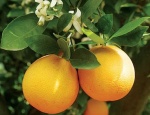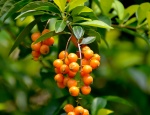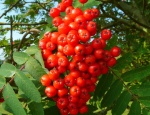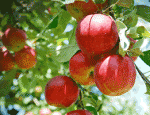Fruit and Ornamental Trees
Unpruned fruit trees will provide enough harvest of sufficient size for the needs of the average household.
However, pruning is worthwhile to improve the quality of fruit and to establish a strong framework of branches to resist breaking when heavily laden with fruit.
Some advantages of pruning fruit trees are:
- Young trees will create a strong framework of branches. Unpruned, a tree often makes lanky, spindly growth which can break easily when carrying a heavy crop.
- Spindly growth can result in poor fruit.
- Excess fruiting wood is eliminated resulting in larger fruit on the remaining branches.
- Fruit is easier to harvest.
- Maintains the tree at a convenient height.
- Opens up the tree for better air circulation.
- Opens up the center of the tree to sunshine. Ripening fruit becomes more colorful and sunlight develops better fruit flavor by increasing the natural fruit sugars.
- Some fruit types such as peaches and nectarines fruit on the previous year’s wood only (one-year-old wood). On an non pruned tree fruit is produced on weaker branch tips. Winter pruning encourages new shoots, ensuring new fruiting wood for the following year closer to the framework branches.
- The tree is much tidier and takes up less space in the garden.



